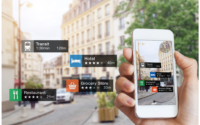
Building Virtual Bridges: Engaging Online Learners Through an Interactive Webinar Series
This research presents findings of a College of Education Pilot Webinar Series designed to promote online students’ engagement with classmates, faculty presenters, and the university. Student attendees participated in a pilot webinar series that included active discussions and options to synchronously communicate and engage with others. Findings suggest that student attendees increased their sense of […]
















